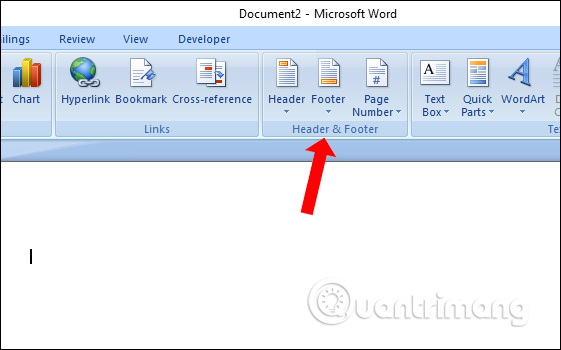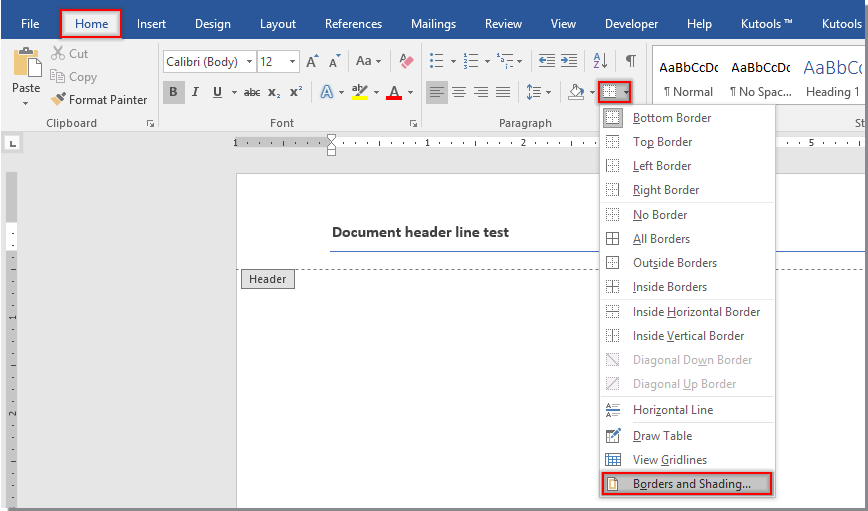
- INSERT DOCUMENT INFORMATION INTO A FOOTER ON MAC FOR WORD HOW TO
- INSERT DOCUMENT INFORMATION INTO A FOOTER ON MAC FOR WORD FULL
Type a name in the form field and press TAB. Click on Yes, Start Enforcing Protection. Editing Restrictions>Check Allow only this type of editing in the document. After you have entered one or more REF fields. Note the bookmark name (Text1) and check "Calculate on exit." Double click the text form field to display the options dialog. Insert a text formfield using the forms toolbar. An example of an on-line form is provided in the following demonstration project. The beauty of on-line forms is that you can fill in one field and Word will fill in or populate " most" other designated "like" fields automatically. On-line forms are Word documents that have "fill in the blanks." They are like a pre-printed form with "fields" on the screen instead of blank lines on paper. Users familiar with the Word 2007/2010/2013 interface will likely think of it as a "protected" form using "legacy" formfields. Note: Long time Word users and particularly Word 2003 users are likely to think of this as simply a "protected" form using formfields. If you find a Userform daunting, or if you want to avoid VBA and macros, then you might try a Word on-line (protected) form. For more in-depth examples see my Create and employ a Userform, Custom VBA\Userform Message Box and. A basic introduction and video example creating a userform is available here: Create Userform YouTube. User entered data is then populated in one or multiple locations in the document. UserformĪ Userform provides a graphical User Interface (UI) with a document template which you can use to prompt your document user to enter all pertinent data. See section 7, Content Controls, if you want to go directly to information about Content Controls introduced in Word 2007. 
Regardless, the methods are functionally the same. Some of the graphics and/or user interface controls I mention may be from Word 2003. Sections 1 through 6 address methods that can be used in all versions of Word (at least Word 2000 onwards).

Note: A lot of this material was prepared and posted before the release of Word 2007 and the introduction of Content Controls.
Note: If you adjust the margins for the page, the header/footer text alignment also adjusts to suit.This Microsoft Word Tips & Microsoft Word Help page offers several solutions to the question, "How do I enter data in one place in a document and have it automatically repeated in other places?" My intention is not to reinvent the wheel, so after a brief discussion I may simply send you on to an existing tips page or other web articles containing full explanations of some of the more comprehensive methods. Now go to page three - this is a portrait page, and the header text has readjusted back to suit that orientation.
 Now check what’s happened on page two - the text you just typed and the tabs you inserted using this method have automatically adjusted for the dimensions of the landscape page. The text you just typed automatically goes to the right position in the header. On the Alignment Tab window, select Right then click OK. Look what happens - the text you just typed automatically goes to the center position in the header! On the Alignment Tab window, select Center then click OK. At the end of the text you just typed, click Insert Alignment Tab again. Type some text in the header at the cursor position (e.g.
Now check what’s happened on page two - the text you just typed and the tabs you inserted using this method have automatically adjusted for the dimensions of the landscape page. The text you just typed automatically goes to the right position in the header. On the Alignment Tab window, select Right then click OK. Look what happens - the text you just typed automatically goes to the center position in the header! On the Alignment Tab window, select Center then click OK. At the end of the text you just typed, click Insert Alignment Tab again. Type some text in the header at the cursor position (e.g.  On the Alignment Tab window, select Left then click OK. On the Header & Footer Tools > Design tab, click Insert Alignment Tab. Go back to page one and double-click in the header area to open the header/footer area. Place your cursor anywhere in page two prior to the section break, then make change this section to landscape orientation ( Page Layout tab > Orientation > Landscape). You should now have three blank pages in your test document. Press Enter a couple more times, then insert another Next Page section break. Insert a ‘Next Page’ section break ( Page Layout tab > Breaks > Next Page). Press Enter a couple of times to add some empty paragraphs.
On the Alignment Tab window, select Left then click OK. On the Header & Footer Tools > Design tab, click Insert Alignment Tab. Go back to page one and double-click in the header area to open the header/footer area. Place your cursor anywhere in page two prior to the section break, then make change this section to landscape orientation ( Page Layout tab > Orientation > Landscape). You should now have three blank pages in your test document. Press Enter a couple more times, then insert another Next Page section break. Insert a ‘Next Page’ section break ( Page Layout tab > Breaks > Next Page). Press Enter a couple of times to add some empty paragraphs. Here’s how to set up a test document to show you how it works it works the same for headers and footers - I only describe it for headers in these steps: Well, you don’t have to anymore! It seems this ‘new’ feature has been around since Word 2007, but I must have missed it. The workaround that many people used to control the placement was borderless tables in the headers/footers combined with ‘AutoFit to Window’. One of the annoyances with earlier versions of Word was what happened to left-, centre-, and right-aligned text in headers and footers when you inserted a landscape section. I didn’t know you could do this!! Not until I read this article, anyway.







 0 kommentar(er)
0 kommentar(er)
